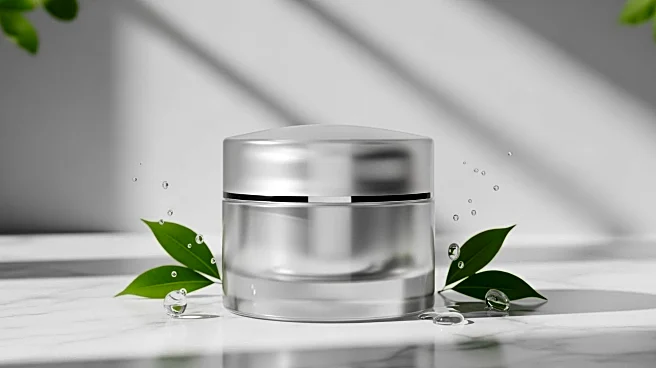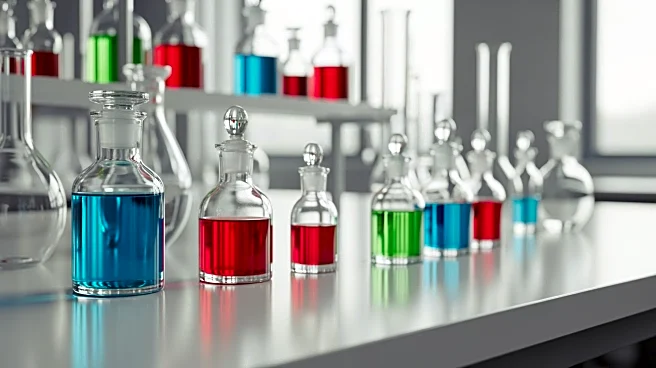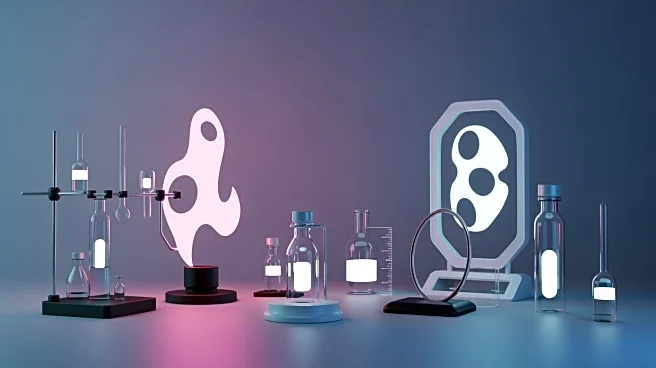What's Happening?
The Know Better, Do Better (KBDB) Collaborative, an initiative of ChemFORWARD, has published its 2025 Beauty & Personal Care Ingredient Intelligence Report. The report highlights that 76% of beauty ingredients are now characterized for safety, an increase
from 70% in 2023. This progress reflects a commitment to safer chemistry beyond regulatory compliance, with brands like Sephora and Ulta Beauty participating in the initiative. Despite advancements, 24% of ingredients remain uncharacterized, posing challenges for the industry. The report calls for accelerated elimination of problematic ingredients and prioritization of assessments for uncharacterized chemicals.
Why It's Important?
The report signifies a shift in the beauty industry towards transparency and safety, driven by consumer demand and regulatory pressures. Brands are increasingly investing in chemical hazard assessments to ensure product safety, which could lead to improved consumer trust and industry standards. The initiative also highlights the financial and collaborative efforts required to close the ingredient knowledge gap, emphasizing the importance of shared data and pre-competitive collaboration. This movement towards safer chemistry could influence global beauty standards and impact market dynamics.
What's Next?
The KBDB Collaborative aims to continue its efforts in characterizing ingredients and reducing the use of chemicals of concern. Brands are encouraged to conduct Ingredient Intelligence Reports and set time-bound goals for addressing high-hazard chemicals. The initiative plans to expand its collaboration with chemical suppliers to provide hazard data routinely, fostering a safer and more transparent industry. The ongoing commitment to safer chemistry is expected to drive innovation and regulatory changes in the beauty sector.
Beyond the Headlines
The report underscores ethical considerations in the beauty industry, highlighting the need for science-based, data-driven reporting of ingredient safety. It also addresses the historical lack of collaboration in chemical safety, advocating for shared datasets to enable safer product development. The initiative's success could serve as a model for other industries seeking to improve transparency and safety standards.













